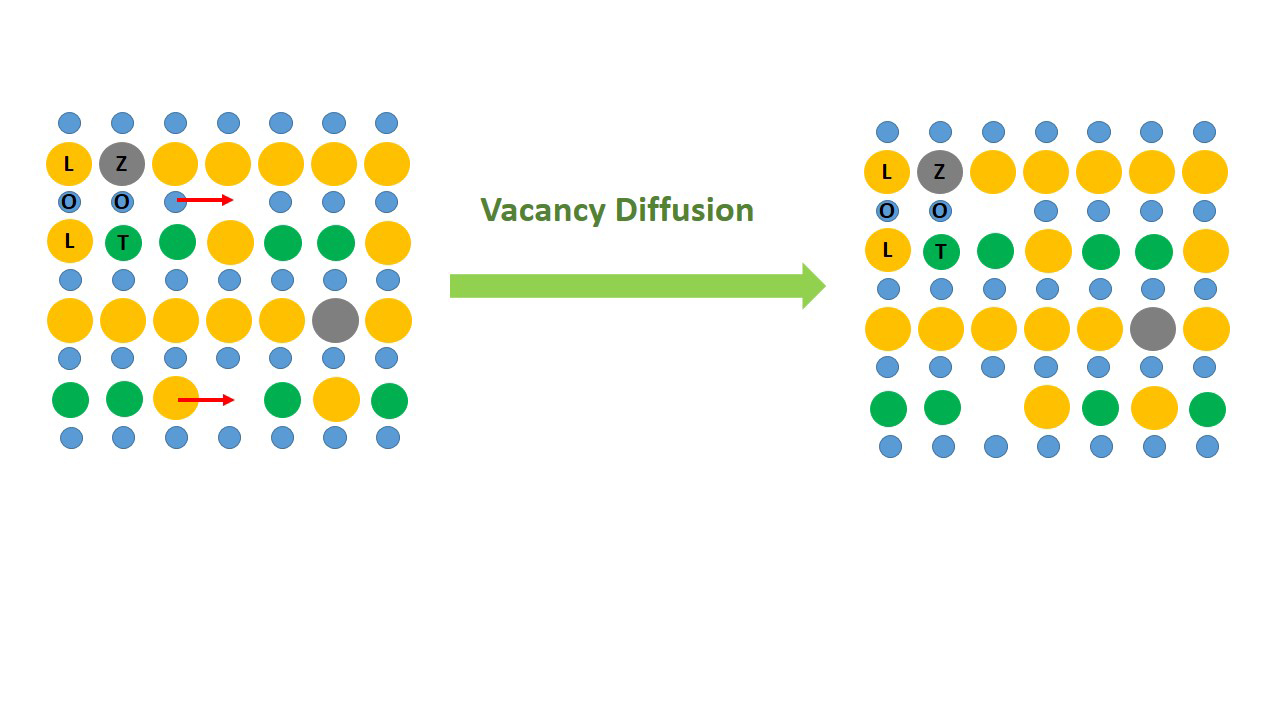Fri, Nov 15, 2024
[Archive]
Volume 16, Issue 1 (March 2019)
IJMSE 2019, 16(1): 1-10 |
Back to browse issues page
Download citation:
BibTeX | RIS | EndNote | Medlars | ProCite | Reference Manager | RefWorks
Send citation to:



BibTeX | RIS | EndNote | Medlars | ProCite | Reference Manager | RefWorks
Send citation to:
Ebadzadeh T, Ghaffari S, Alizadeh M, Asadian K, Ganjkhanlou Y. The Effects of ZnO Additive on Sintering Behavior, Microstructural Evolution and Microwave Dielectric Properties of Li2TiO3 Ceramics. IJMSE 2019; 16 (1) :1-10
URL: http://ijmse.iust.ac.ir/article-1-1075-en.html
URL: http://ijmse.iust.ac.ir/article-1-1075-en.html
Abstract: (17976 Views)
The densification behavior, structural and microstructural evolution and microwave dielectric properties of Li2TiO3 + xZnO (x = 0, 0.5, 1, 1.5, 2, 3, and 5 mol%) ceramics have been investigated using X-ray diffraction, Field Emission Scanning Electron Microscopy, Raman spectroscopy and microwave resonant measurement. The Maximum density of 3.33 g/cm3 was obtained in Li2TiO3 + 2ZnO ceramic at low sintering temperature of 1100˚C. SEM investigations revealed good close packing of grains when x = 2 and preferential grain growth when x ≥ 3. The maximum values of Q × f = 31800 GHz and εr = 22.5 were obtained in Li2TiO3 + 3ZnO and Li2TiO3 + 2ZnO compositions, respectively. The observed properties are attributed to the microstructural evolution and grain growth (first case) or high density of the obtained ceramic (second case).
Type of Study: Research Paper |
Subject:
Ceramics
Send email to the article author
| Rights and permissions | |
 |
This work is licensed under a Creative Commons Attribution-NonCommercial 4.0 International License. |







